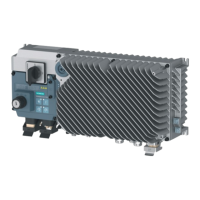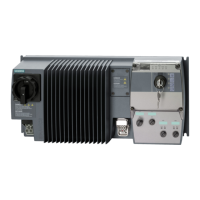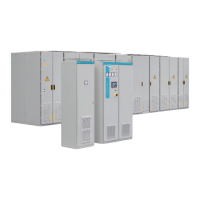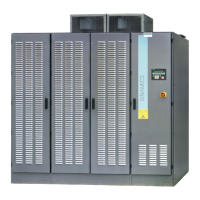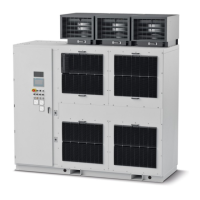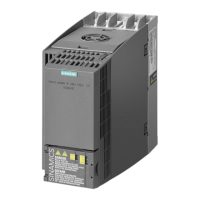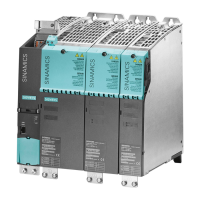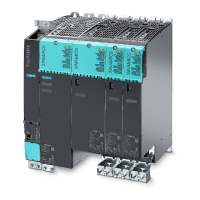Functions
7.9 Technological functions
Inverter with CU240B-2 and CU240E-2 Control Units
188 Operating Instructions, 07/2010, FW 4.3.2, A5E02299792B AA
Inverter braking methods
Depending on the particular application, there are different methods for dealing with
regenerative energy.
DC braking
Advantage:
The motor is braked without the inverter
having to convert the regenerative energy
Disadvantages:
significant increase in the motor
temperature; no defined braking characteristics; no
constant braking torque; no braking torque at standstill;
braking power is lost as heat; does not function when the
power fails
Compound braking
Advantage:
Defined braking characteristics, the motor is
braked without the inverter having to convert any
regenerative energy
Disadvantages:
significant motor temperature rise; no
constant braking torque; braking power is dissipated as
heat; does not function when the power fails
a
a
,QYHUWHU
3RZHUORVVPRWRU
%UDNLQJSRZHU
/RDG
/RDG
0
The regenerative energy is converted to heat in the motor.
Dynamic braking
Advantages:
defined braking characteristics; no
additional motor temperature increase; constant braking
torque; in principle, also functions when the power fails
Disadvantages:
A braking resistor is required;
regenerative power is lost as heat; the permissible
thermal load of the braking resistor must be taken into
account
a
a
,QYHUWHU
%UDNLQJUHVLVWRU
3RZHUORVV
EUDNLQJUHVLVWRU
3RZHUORVVPRWRU
%UDNLQJSRZHU
/RDG
3RZHUORVV
LQYHUWHU
%UDNLQJ
FKRSSHU
/RDG
5 5
0
The inverter converts the regenerative power into heat using
a braking resistor
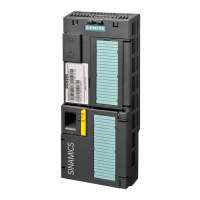
